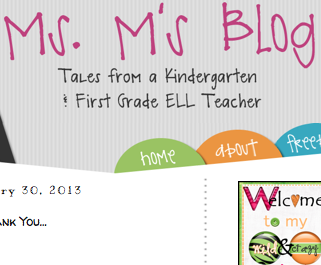Belmont Elementary School offered a flex session to staff focused on strategies that could be used in the classroom when teaching preproduction (level 1) English Language Learners. The session was led by Hilary Walker, an ELL teacher and team leader at Belmont and Molly Williams, an ELL Instructional Coach for Lincoln Public Schools.
The main discussion centered around the idea, “When teachers use scaffolding with comprehensible input in mind for level 1 English Language Learners, students will be able to acquire the necessary language to access academic content,” and because of this idea, it is very important to consider input processes (reading and listening) and output processes (writing and speaking) in instruction.
Participants took part in a “show, not tell” experience as they watched lessons and discussed the instructional strategies that enhanced learning through taking language acquisition needs into consideration.
To view the video that highlights effective strategies for level 1 English Language Learners, click here.
To view the powerpoint, click here.
After discussing effective strategies to use keeping language acquisition in mind, three activities were introduced that could be used in the general education classroom promote learning with appropriate scaffolds. The activities were Classroom Surveys, Story Retelling Cards, and Using the Story of Puzzles. To see those activities, click here.
Additional Resources:
Online resources are also a great way to use technology to support input and output processes. There are some great sites that focus on the rich culture of oral storytelling and also the form and function of language and learning. To access a list of online resources, click here.
There are also some great articles through Colorin Colorado and Reading Rockets that have published ways to support preproduction students in the classroom. Click on the specific titles below to read more:
Support ELLs in the Mainstream Classroom: Reading Instruction
Oral Language Development and ELLs: 5 Challenges and Solutions
To watch the YouTube video in full entitle Immersion by: Media that Matters click here.

